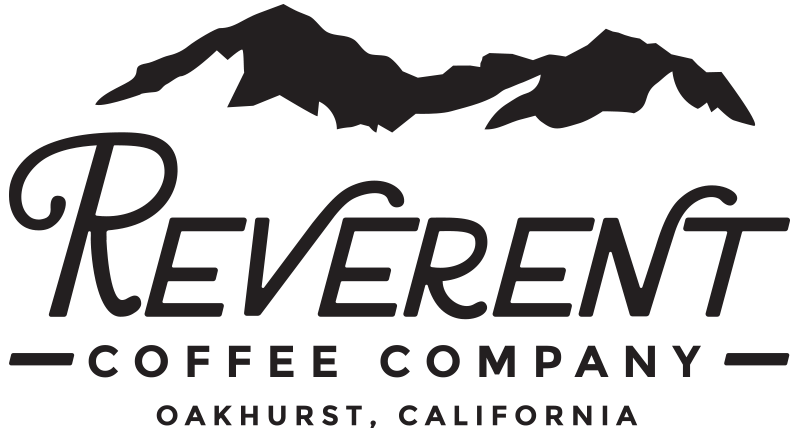Censorship
Tank Man (1989) - The Unknown Protester by Jeff Widener
I’ll never forget the first time my eyes saw the Tank Man photo. The amount of courage that is contained in that photo is just inspiring. The lone figure stood in Tiananmen Square as the tanks were leaving, shifting his position when the tanks tried to go around him. That was on June 4, 1989. It was the day after the Chinese government violently gunned down student led protesters who decried the government corruption, state of the economy, and lack of freedom of speech and the press among other things. They wanted political reform. At one point, the crowd reached one million in Tiananmen Square. The consequences of that day go beyond the lives that were taken. We don’t have an accurate number of those who died. The Chinese government put the death toll at 300, but other more reliable sources say it was in the thousands.
The image and incident came back to my mind this week as I’ve been stepping back and just thinking about the current state of affairs. I first saw the photo of the Tank Man and read about the Tiananmen Square Massacre when I was a junior in college. In America, we can search that image. In China, you can’t find the image. For the past twenty-two years, its been hidden on all search engines in China. The image and the incident have been completely censored. This censorship was in the news recently again this year on the 32nd anniversary of the event when Microsoft’s Bing, Yahoo, and DuckDuckGo censored all searches for the Tank Man image around the world. Microsoft said the issue was “due to an accidental human error.” Doing business in China has forced big tech giants to abandon any commitment they may have had to freedom of information and human rights.
I can remember sitting in a Constitutional Law class being enamored with the concept of seeing an issue from both sides. I majored in Political Science with Pre-Law as my emphasis and one of my greatest passions in life and something that made me choose that path is critical thinking. I loved reading a court case brief, delving into the facts, reading and then challenging the decision from both sides. Hardly anything in this life is black and white. Normally, there’s many sides to an issue and having the ability to see both sides before you make a judgement is key. Can you imagine if a Supreme Court Justice only had access to one side of an issue? Can you imagine if the information they were given was so censored that they only had half of it? Can you imagine if the Chinese government was the only one allowed to submit information on a topic? Critical thinking teaches us to QUESTION and REFLECT on the knowledge and information presented to us. But, how can you think about an issue critically when there’s so much censorship that you can’t find any differing opinion than what’s allowed on Facebook, Instagram, Google, Yahoo, or main stream news?
In my adult lifetime, I’ve never seen the amount of censorship that is taking place on the battlefield of the internet especially in the last few months in relation to the COVID vaccine. One of the greatest freedoms we have as Americans is freedom of speech and freedom of the press and one of the true markings of adulthood is the ability to make your own decision and live out the fate of its consequences. What worries me is the amount of information that is being flagged as “myth” and then censored. I’m worried that no one is fact checking the internet fact checkers. It’s not because I think one side is right and the other wrong. I’m worried about Internet Freedom and the ability to at least find articles that represent a different side, especially when it comes to the vaccine and the healthcare system in general.
Sources mentioned:
The Tank Man, Frontline, PBS, Season 2006, Episode 8
Sources (that are still showing up on google) that I’ve found that present a bit of the other side:
https://www.linkedin.com/in/rwmalonemd
The Highwire with Del Bigtree, podcast, Episodes from June 29, June 23
https://childrenshealthdefense.org

